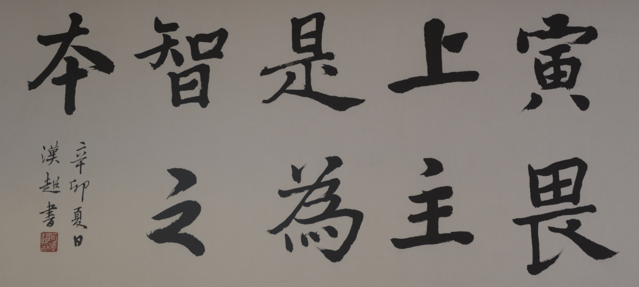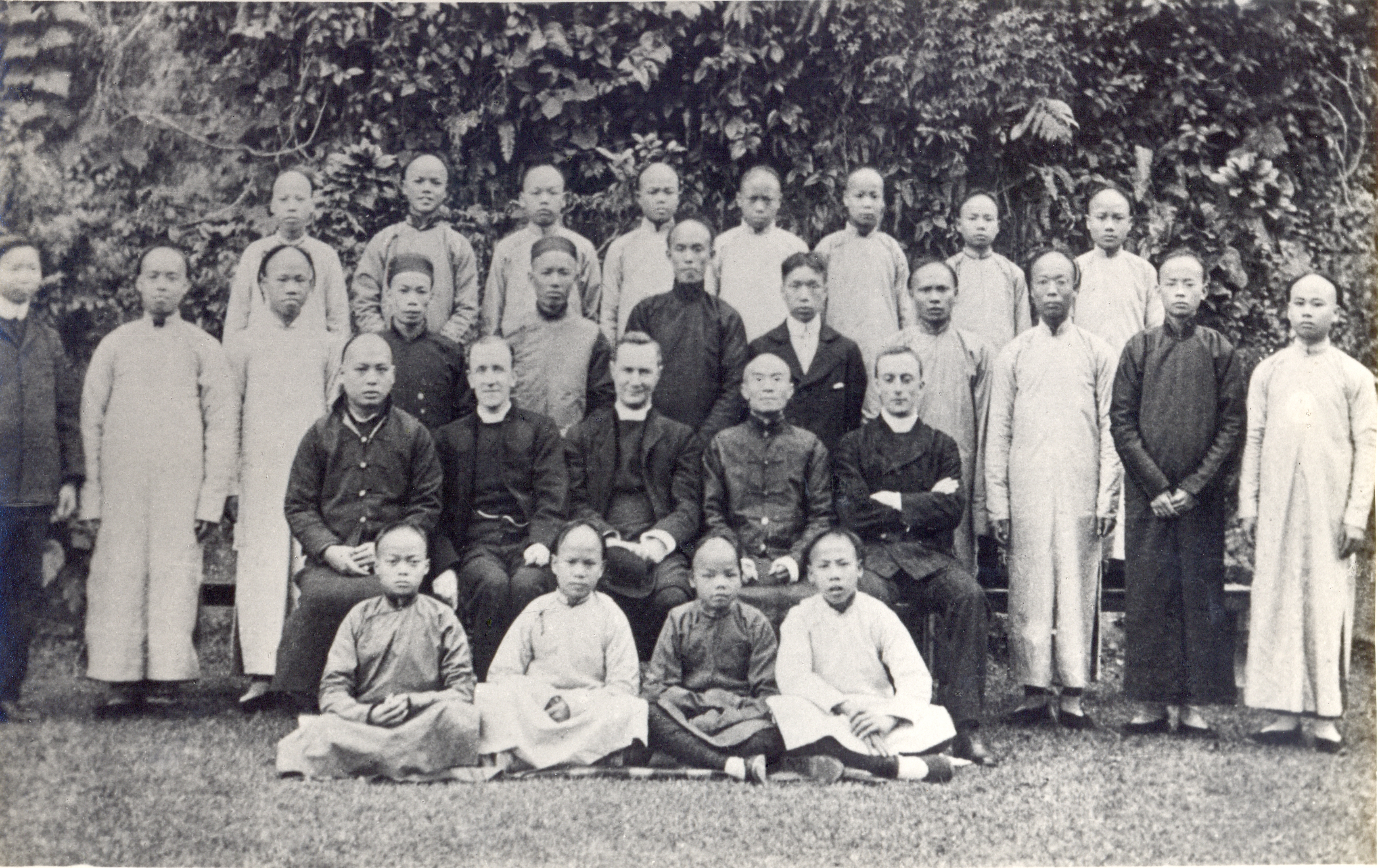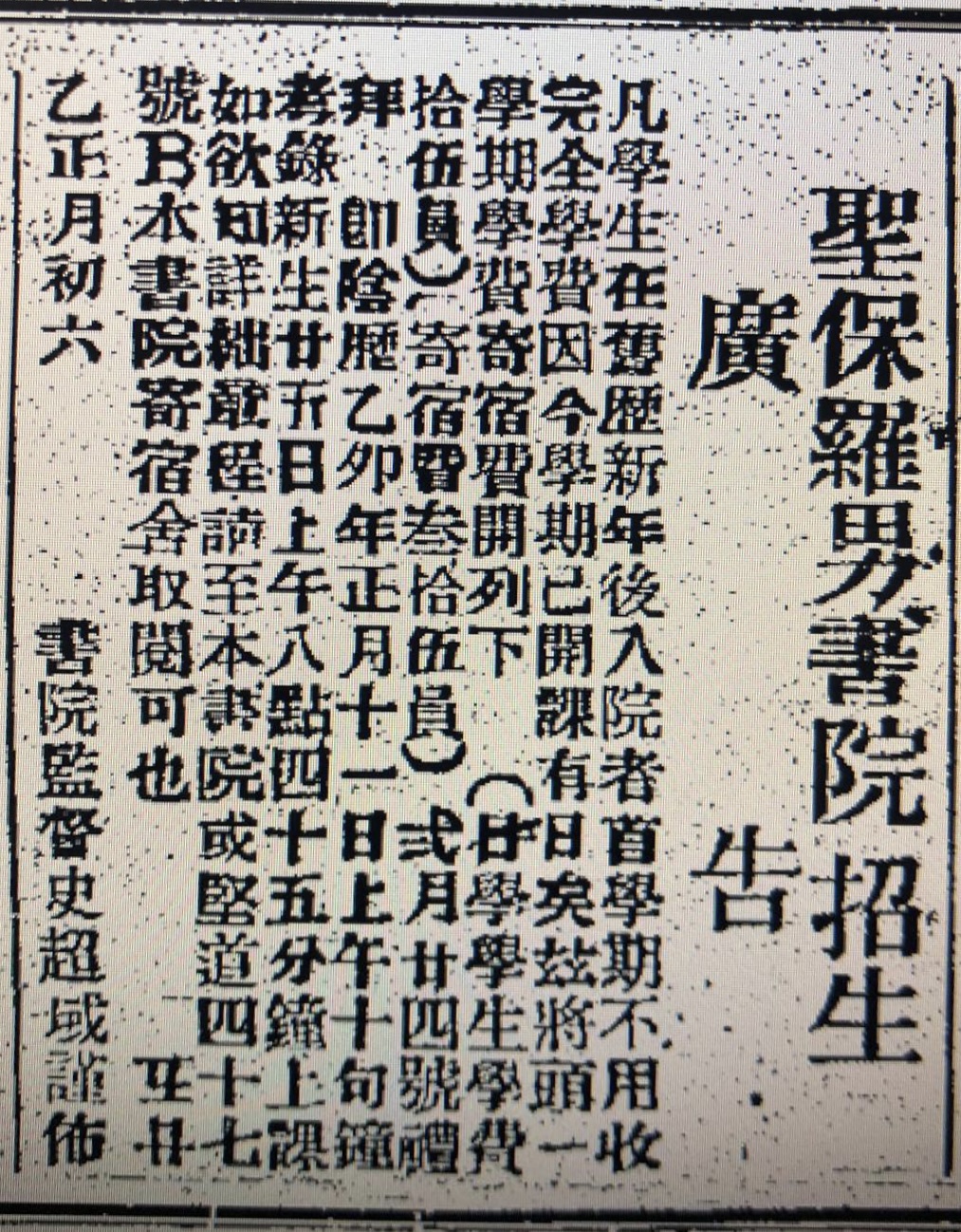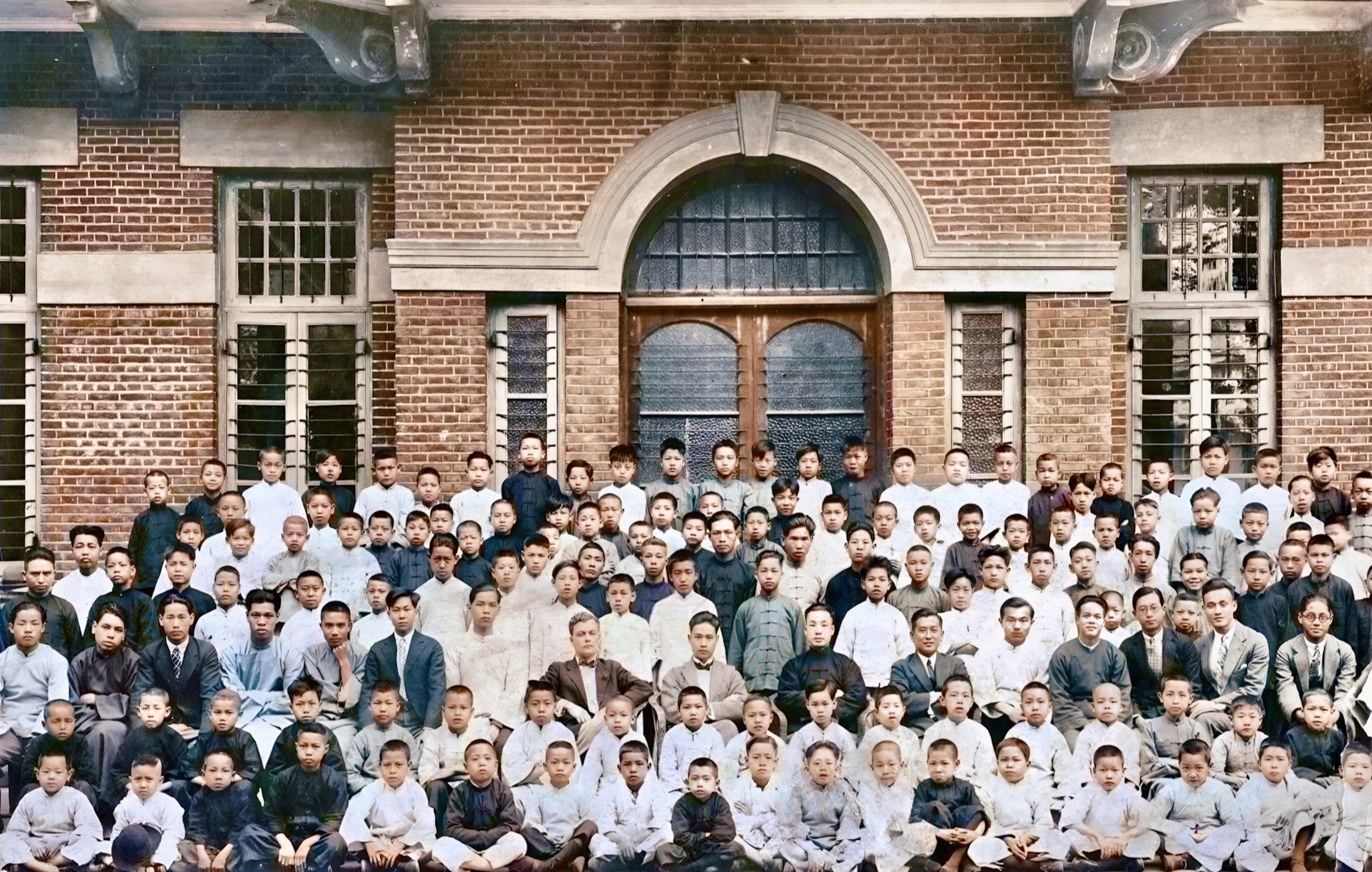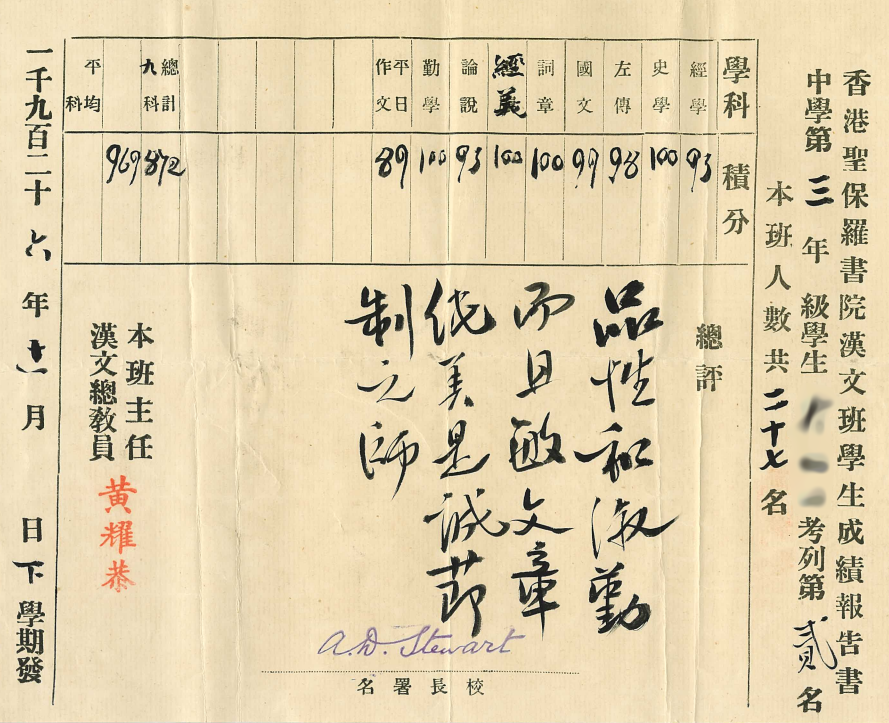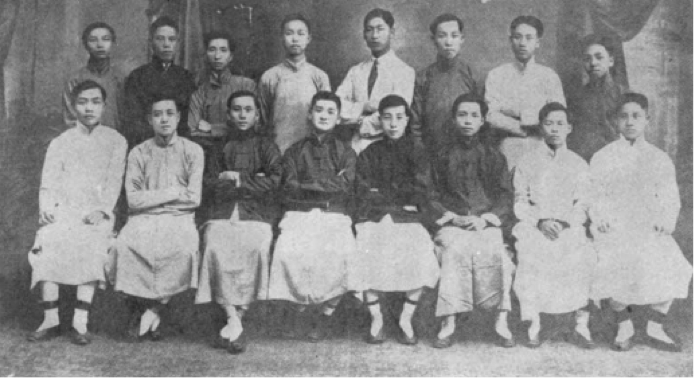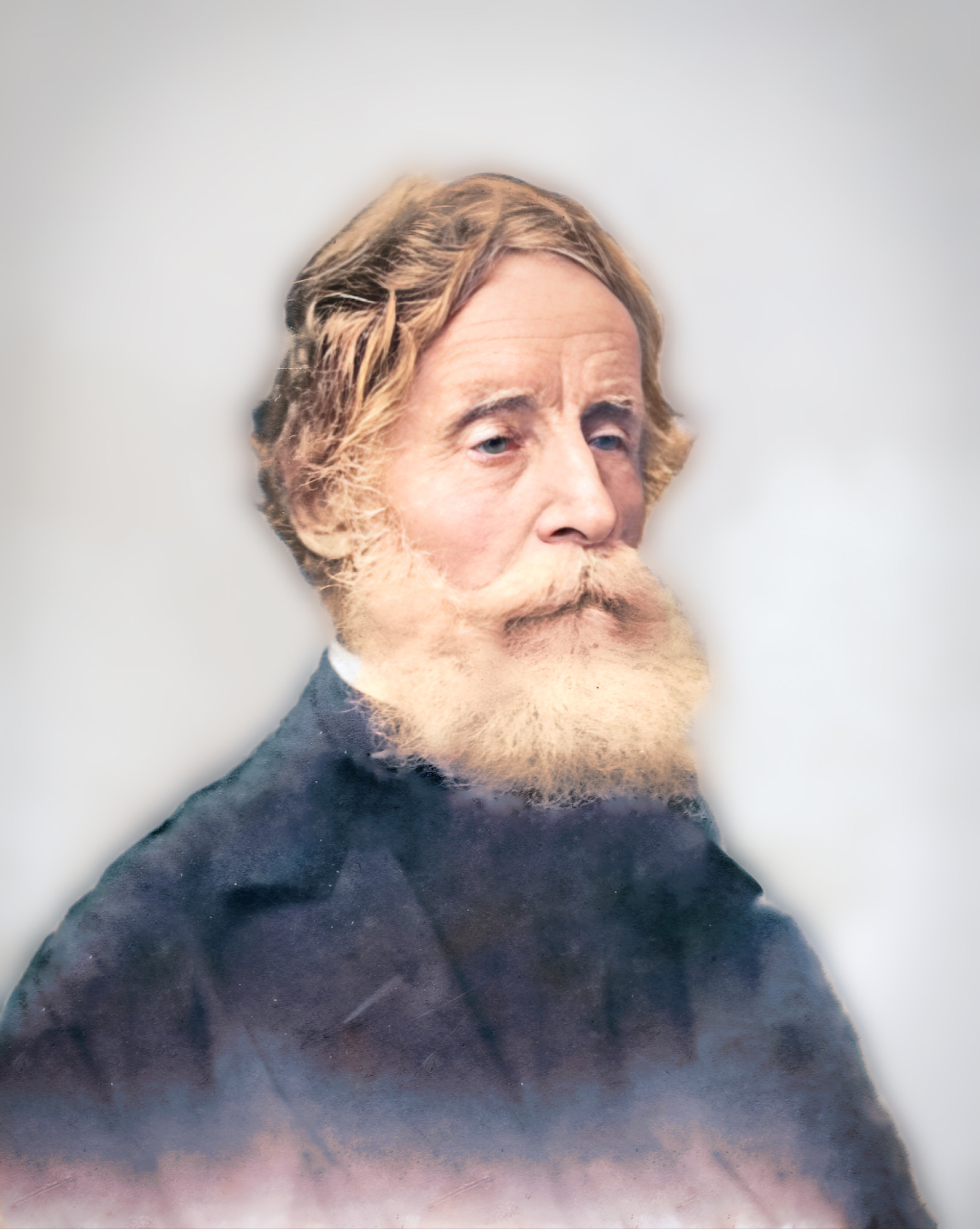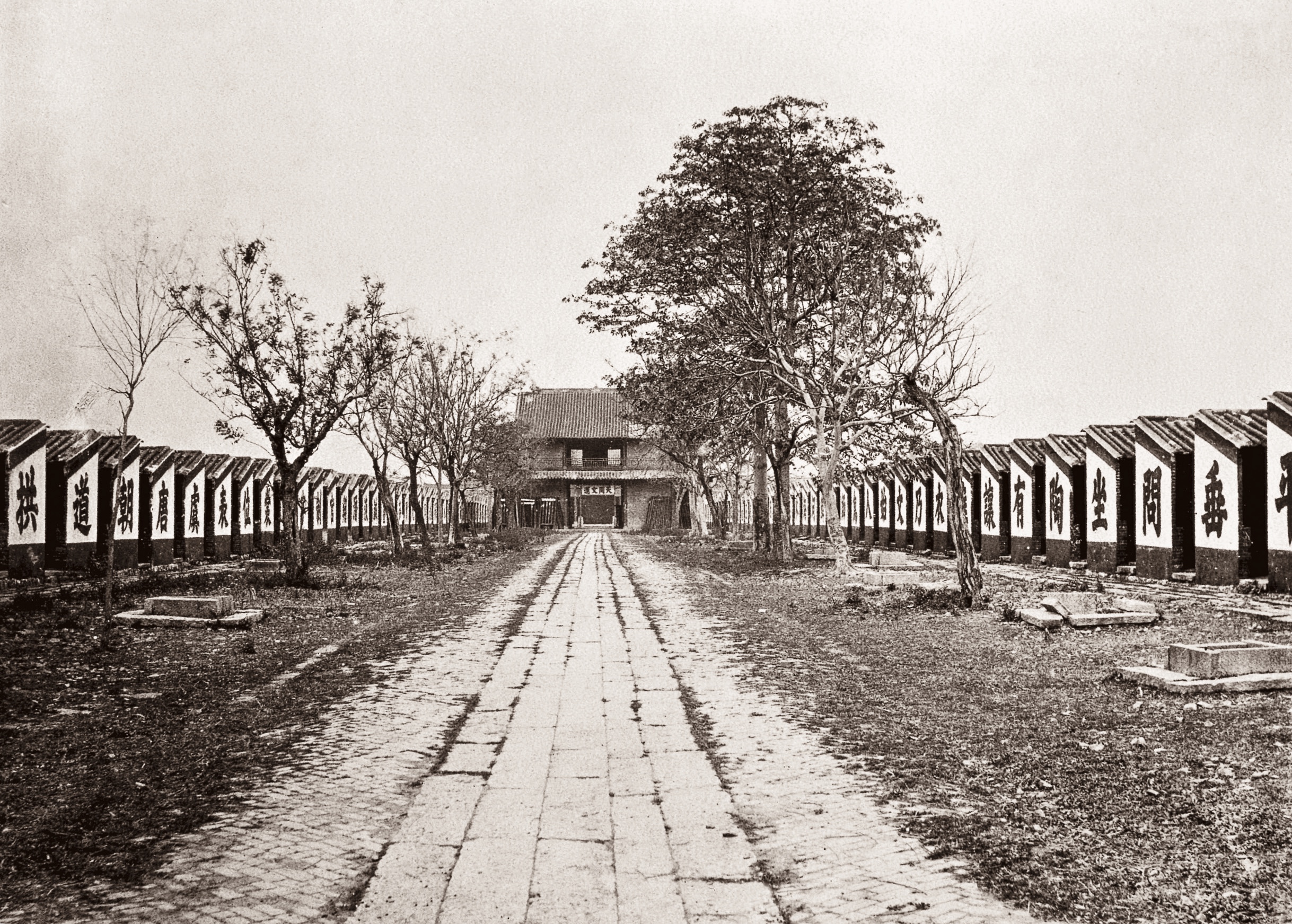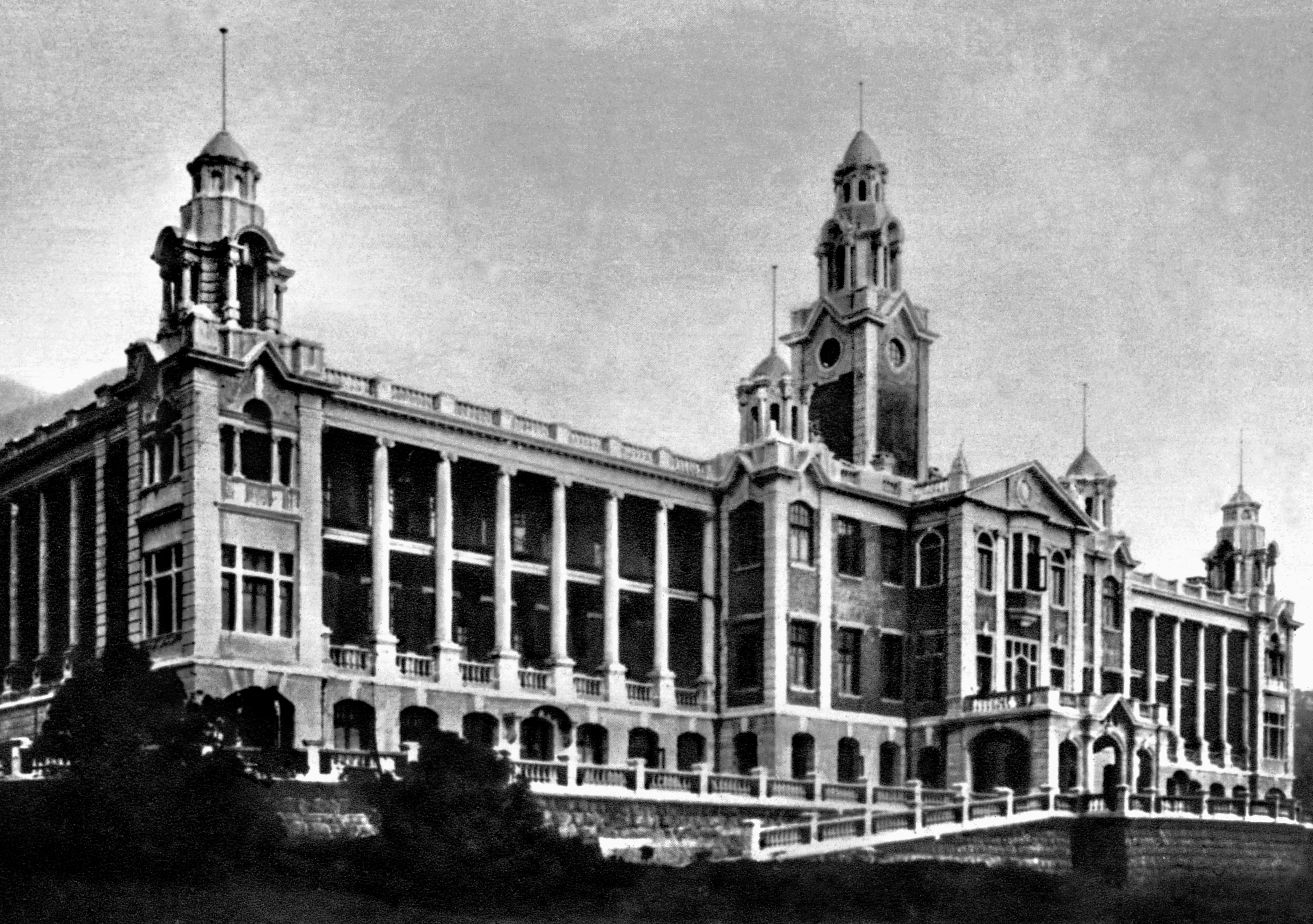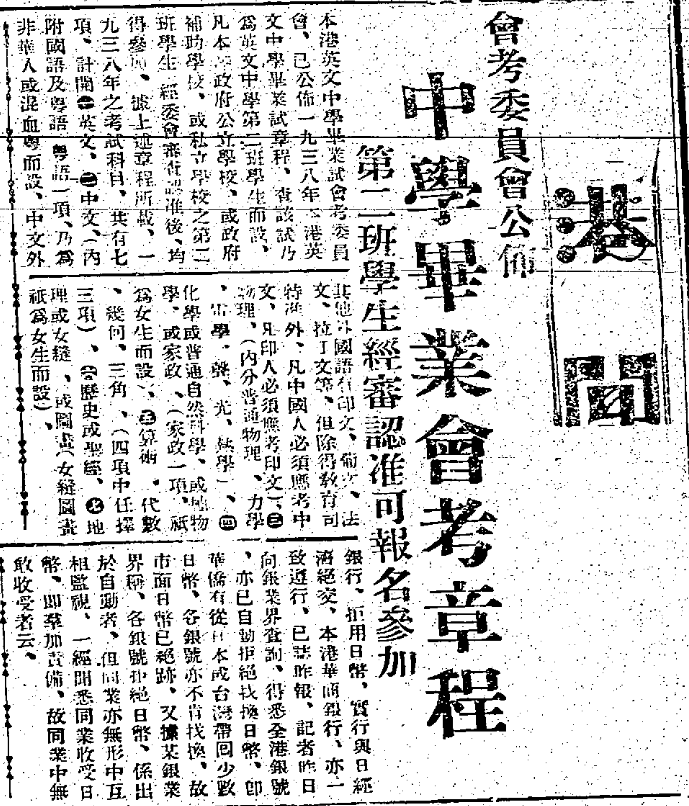History of St. Paul’s College
St. Paul’s College resumed Anglo-Chinese education
The Church Missionary Society decided to relocate the seminary to Guangzhou, while reintroducing Anglo-Chinese education to St. Paul’s College. The College adopted a new motto, “The fear of the Lord is the beginning of wisdom”. During this period, the College’s enrolment increased considerably. It also emphasised more on physical education. Between the 1910s and 1930s, the College underwent several expansions to build a church, a hostel, and playgrounds to cater for needs.
St. Paul’s College boarding students ran free evening schools
St. Paul’s students taught and ran free evening schools. In addition to the campus in Glenealy, these were also operated in Aberdeen, Tai Hang and other locations to serve children of underprivileged families.
St. Paul’s College started issuing graduation certificates in Chinese
St. Paul’s College became the first English college in Hong Kong to issue graduation certificates in Chinese.
St. Paul’s teachers and students defended Hong Kong
Japanese forces invaded Hong Kong on 8 December, and classes at the College were suspended. Principal Evan George Stewart led St. Paul’s staff and students in defending Hong Kong by serving in the Hong Kong Volunteer Defence Corps (HKVDC) until the very end. During the Japanese occupation, some teachers and students also participated in Allied anti-Japanese underground operations in Hong Kong.
Mr.
555

